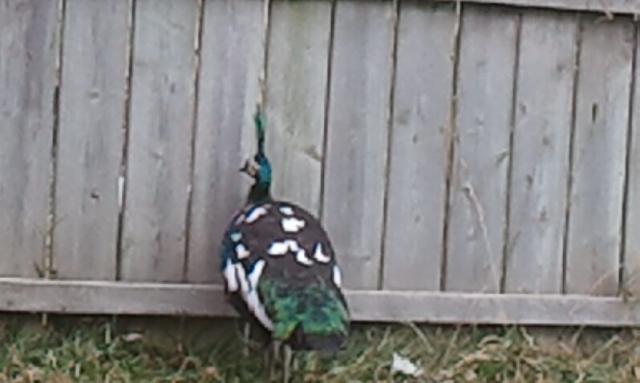Well my vet and the zoo vet are checking into the values and their databases for Java green hematology and plumage pigmentation loss . They wanted photos which I sent.
Will see what they come up with. There are CBC and metabolic values for IB readily available on the internet. I noticed these lack vitamin K.
From initial conversations it is a possibility of excess instead of deficiency. However vitamin K was not mentioned from 3 avian vets as what they suspect initially.
The only deficiency that they mentioned as a possibility was estrogen. Which I think is reasonable.
But as I said we just started discussing this and will see what they come up with.
Will see what they come up with. There are CBC and metabolic values for IB readily available on the internet. I noticed these lack vitamin K.
From initial conversations it is a possibility of excess instead of deficiency. However vitamin K was not mentioned from 3 avian vets as what they suspect initially.
The only deficiency that they mentioned as a possibility was estrogen. Which I think is reasonable.
But as I said we just started discussing this and will see what they come up with.





